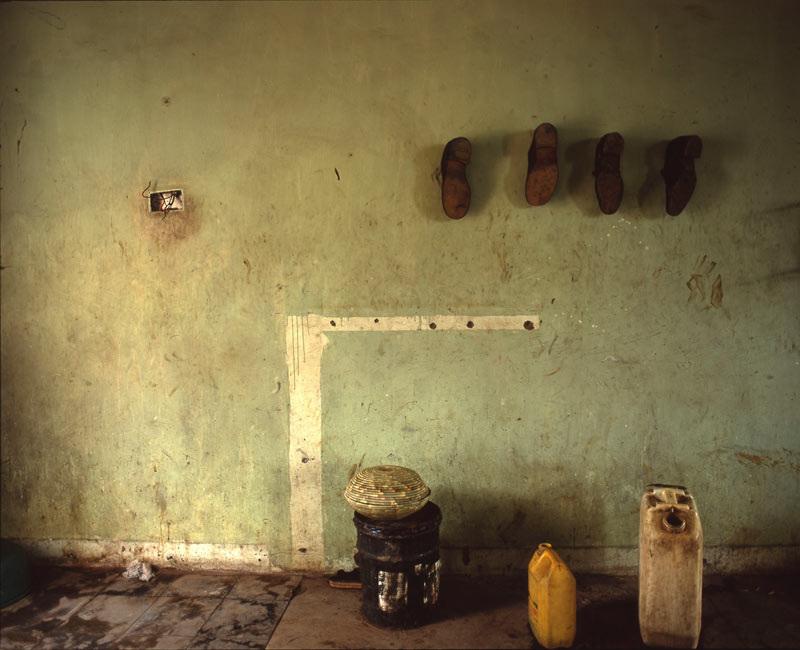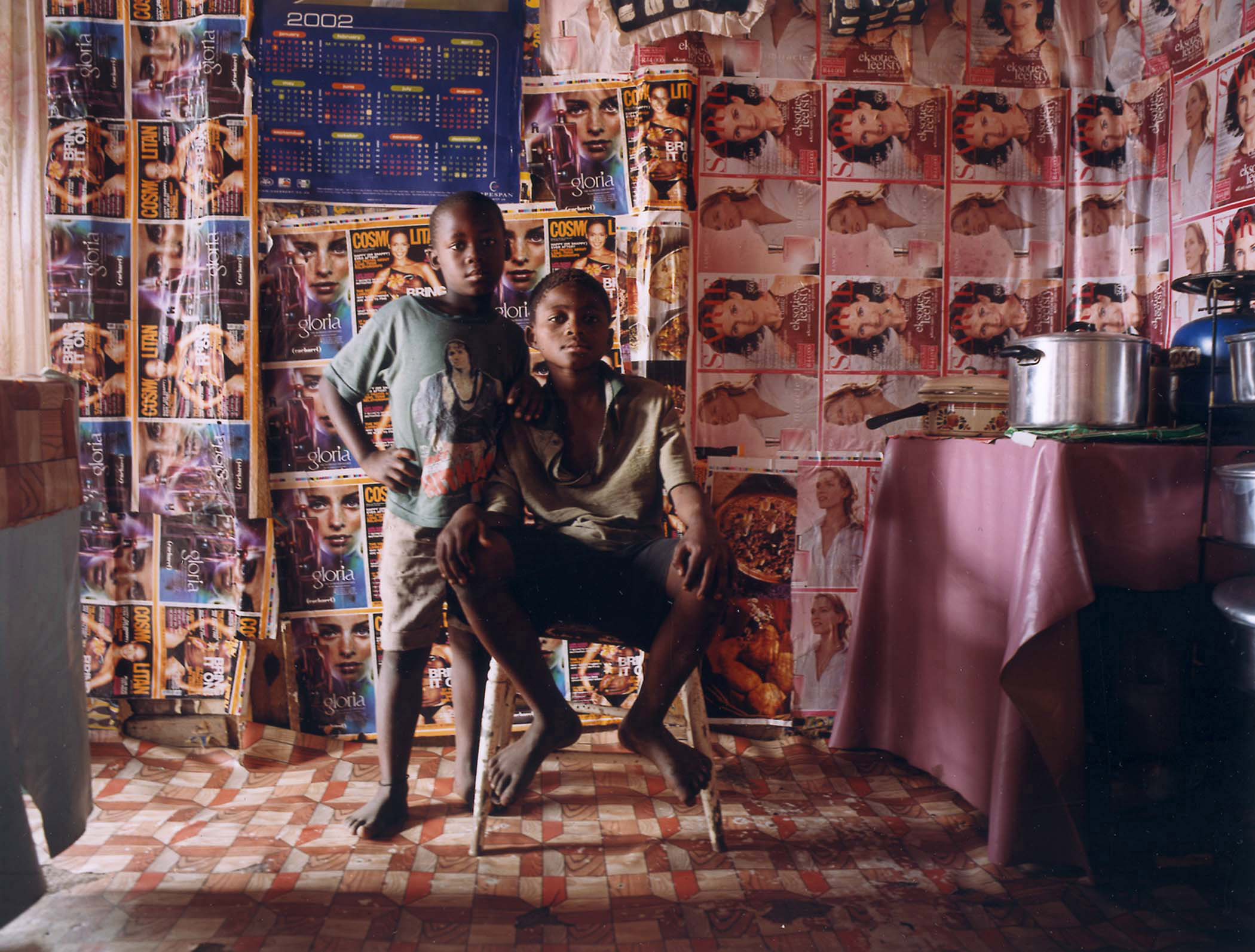No copyright infringement intended - photographs will be removed immediately upon request.
This chapter considers how photography can bear witness to the ways of life and events of the world.
Contemporary art photographers have, in the main, taken an anti-reportage stance:slowing down image making, remaining out of the hub of action and arriving after the decisive moment.
Rather than being caught up in the chaotic midst an event or at close quarters to individual pain and suffering, photographers choose instead to represent what is left behind in the wake of such tragedies, often doing so with styles that propose a qualify perspective.
Zarina Bhimji works with film and photography to recount the physicality and time of unidentified spaces and in doing so she considers the way in which images can resonate with general narratives of elimination, extermination and erasure.
She chooses forms that function as allegories which, through their extreme economy of means, always remain open-ended and unresolved.
She described her project about Uganda as learning to listen to difference, listening with the eyes, listening to changes in tone, differences in colour.
Zarina Bhimji - Memories Were Trapped Inside the Asphalt - 1998-2003
He uses black and white photography which both makes a declaration of resistance against the seductive fashion in art of colour prints and identifies the work as documentary portraiture with a serious intent.
Fazal Sheikh - Halima Abdullai - 2000
Visualising the maintenance of identity and self-respect in challenging circumstances is strongly present in South African photographer Zwelethu Mthethwa's extensive documentation of the homes and people in the shanty towns on the outskirts of Cape Town.
The increased toleration in the 80s of black people's migration out of the apartheid system's reserves led to a massive influx of rural blacks in search of work to these makeshift communities.
Zwelethu Mthethwa - Untitled - 2003
In the early 2000s Adam Broomberg and Oliver Chanarin gained access to different international communities in their roles as photographers and creative editors of Benetton's Colors magazine (one of the few photography magazines in recent years to have explicitly addressed global issues).
They edited issues on social themes such as the treatment of mental illness, refugees and the penal system.
Adam Broomberg and Oliver Chanarin - Timmy, Peter and Frederick, Pollsmoor Prison - 2002
The highly influential British photographer Martin Parr has also consistently tested the boundaries of documentary style.
Parr has employed a number of visual formats for his documentary projects, and in the mid 1990s began using a hand-held camera with flashlight in combination with a macro lens that focuses close up on a subject.
Parr's "Common Sense" creates the brash and graphic depiction of everyday objects and observations for which he is well known.
The overall theme of the series is the vernacular fashioning of junk food, tacky souvenirs and package holidays.
There is a democracy of sorts in Parr's project, as every subject is given the same visual treatment: closely cropped, flash lit, and the heightened colour of a snappy snap, whether an image shows the back of a person's head, a plate of food or a prized possession.
Parr's "Common Sense" epitomises photography promiscuity - the taking of hundreds of photographs, which in their combination offer one dynamic and subjective image of the world.
Martin Parr - Benidorm, Spain - 1997





No comments:
Post a Comment